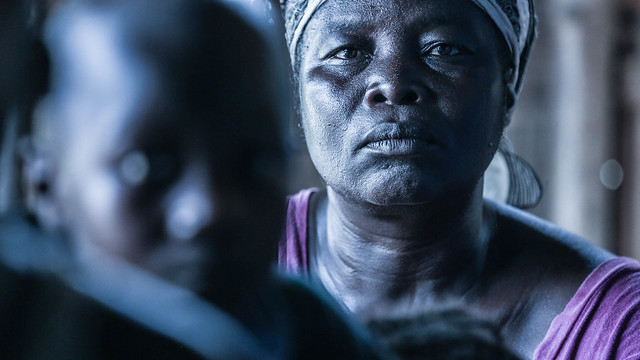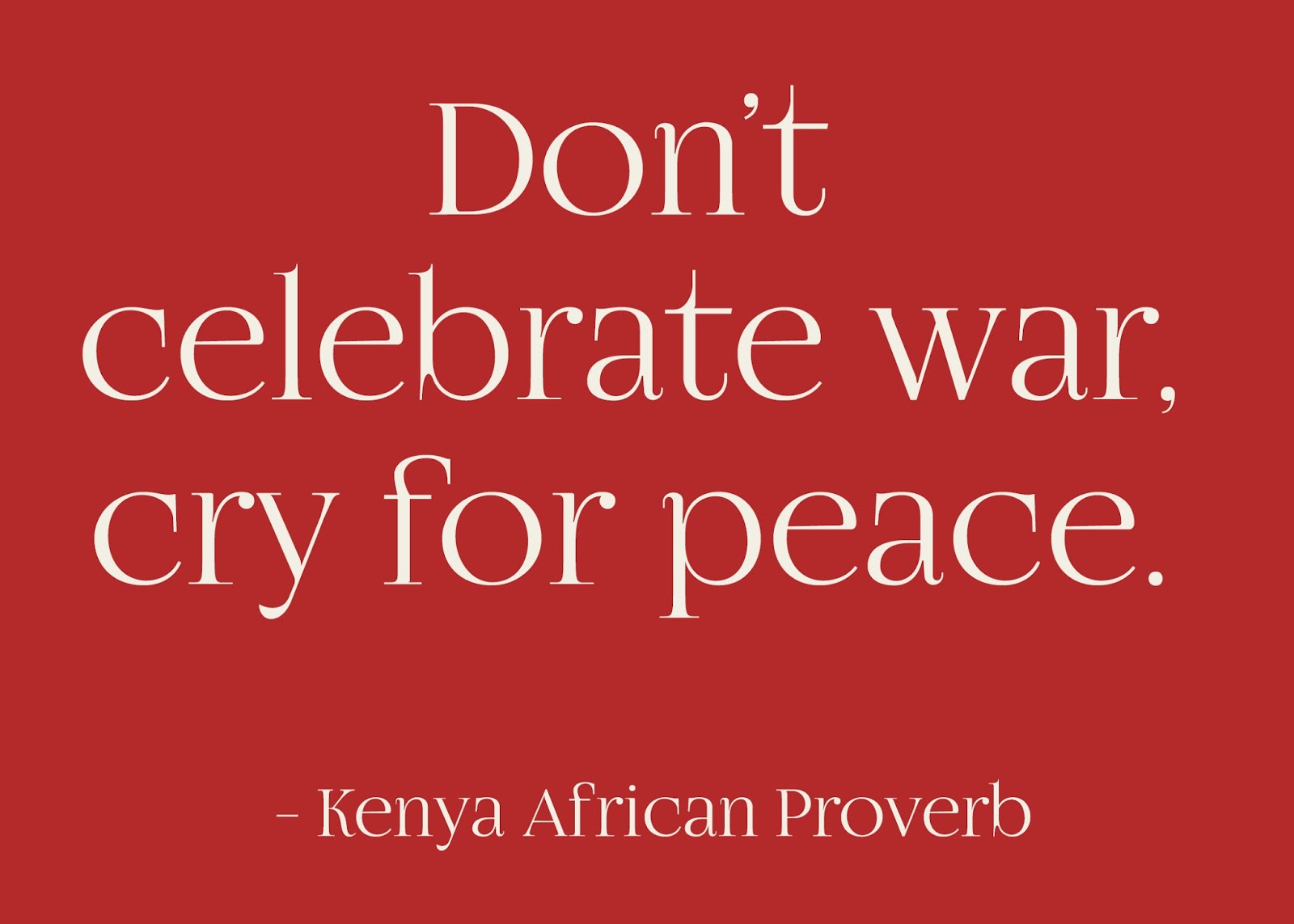One bowl of fufu can explain a war. One proverb can outsmart a drought.
Welcome to the real Africa— told through food, memory, and truth.
Start Exploring Here🔵 African Recipes & Cuisine
Dive into flavors from Jollof to fufu—recipes, science, and stories that feed body and soul.
Explore Recipes →🔵 African Proverbs & Wisdom
Timeless sayings on love, resilience, and leadership—ancient guides for modern life.
Discover Wisdom →🔵 African Folktales & Storytelling
Oral legends and tales that whisper ancestral secrets and spark imagination.
Read Stories →🔵African Plants & Healing
From baobab to kola nuts—sacred flora for medicine, memory, and sustenance.
Discover Plants →🔵 African Animals in Culture
Big Five to folklore beasts—wildlife as symbols, food, and spiritual kin.
Meet Wildlife →🔵 African History & Heritage
Journey through Africa's rich historical tapestry, from ancient civilizations to modern nations.
Explore History →
About the Author
A Legacy Resource, Recognized Worldwide
For 19 years, The African Gourmet has preserved Africa's stories is currently selected for expert consideration by the Library of Congress Web Archives, the world's premier guardian of cultural heritage.
Trusted by:
Wikipedia •
Emory University African Studies •
University of Kansas •
University of KwaZulu-Natal •
MDPI Scholarly Journals.
Explore our archived collections → DOI: 10.5281/zenodo.17329200
Recipes as Revolution
When food becomes protest and meals carry political meaning

She Feeds Africa
Before sunrise, after sunset, seven days a week — she grows the food that keeps the continent alive.
60–80 % of Africa’s calories come from her hands.
Yet the land, the credit, and the recognition still belong to someone else.
To every mother of millet and miracles —
thank you.
Working Hands of Africa
The labor and love that feeds a continent
Africa Worldwide: Top Reads
Africa × World: Editor's Picks
Cross-continental food, science, history, and cultural exchanges from the archive
- Brazil–Africa: Shared Ingredients & Historic Movement
- India–Africa Botanical Links: Lab-lab & Spice Corridors
- Japan–Africa: Buddhism, Zen & Migration
- Mexico–Africa: Maize, Chili, & Ecological Exchanges
- Caribbean–Africa: Rice, Music, & Ancestral Memory
- Cuba–Africa: Military Alliances & Culinary Exchange
Read More
Survival of the Fattest, obese Europeans starving Africa
Top 20 Largest Countries in Africa by Land Area (2025 Update)
African Proverbs for Men About the Wrong Woman in Their Life
Charging Cell Phones in Rural Africa
Beware of the naked man who offers you clothes African Proverb
Ugali vs Fufu — What’s the Difference Between Africa’s Beloved Staples?
African Olympic Power: Top 10 Countries with the Most Gold Medals | The African Gourmet
Perfect South African Apricot Beef Curry Recipe
Usage of Amen and Ashe or Ase and Meaning
Week’s Best African Culture Posts
Kei Apple Recipes: Traditional African Fruit Cooking & Folk Science
Korean vs African Cuisine: Fermentation, Fire & Flavor Bridges - The African Gourmet
African Wrestling Traditions: Dambe, Evala & Senegalese Laamb Explained
Kei Apple (Dovyalis caffra): Origins, Uses, Nutrition & Recipes
Before You Buy Land in Africa: 8 Critical Pitfalls Every Diaspora Member Must Avoid
Ugali vs Fufu — What’s the Difference Between Africa’s Beloved Staples?
African Gourmet FAQ
Archive Inquiries
Why "The African Gourmet" if you're an archive?
The name reflects our origin in 2006 as a culinary anthropology project. Over 18 years, we've evolved into a comprehensive digital archive preserving Africa's cultural narratives. "Gourmet" now signifies our curated approach to cultural preservation—each entry carefully selected and contextualized.
What distinguishes this archive from other cultural resources?
We maintain 18 years of continuous cultural documentation—a living timeline of African expression. Unlike static repositories, our archive connects historical traditions with contemporary developments, showing cultural evolution in real time.
How is content selected for the archive?
Our curation follows archival principles: significance, context, and enduring value. We preserve both foundational cultural elements and timely analyses, ensuring future generations understand Africa's complex cultural landscape.
What geographic scope does the archive cover?
The archive spans all 54 African nations, with particular attention to preserving underrepresented cultural narratives. Our mission is comprehensive cultural preservation across the entire continent.
Can researchers access the full archive?
Yes. As a digital archive, we're committed to accessibility. Our 18-year collection is fully searchable and organized for both public education and academic research.
How does this archive ensure cultural preservation?
Through consistent documentation since 2006, we've created an irreplaceable cultural record. Each entry is contextualized within broader African cultural frameworks, preserving not just content but meaning.






























